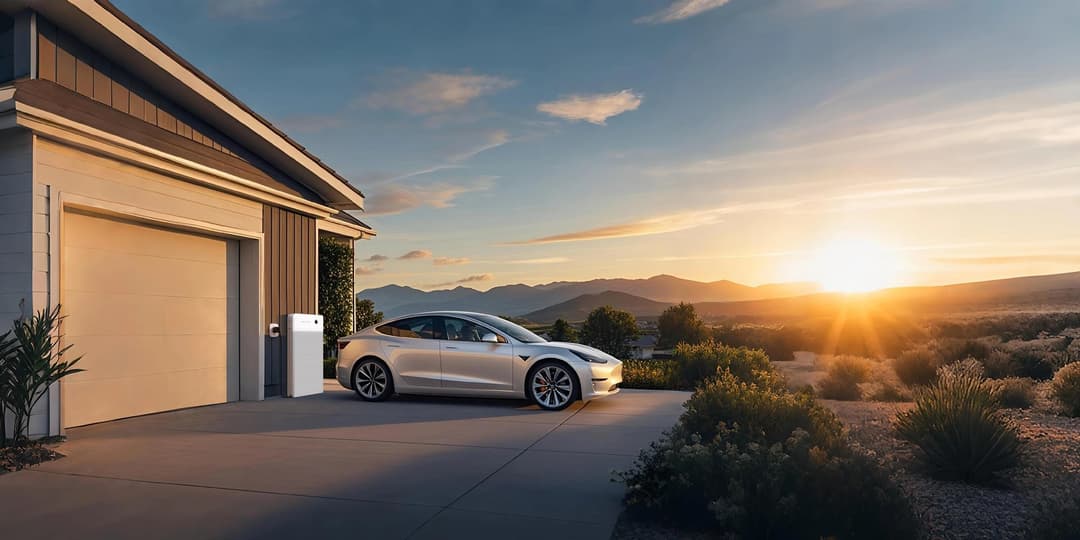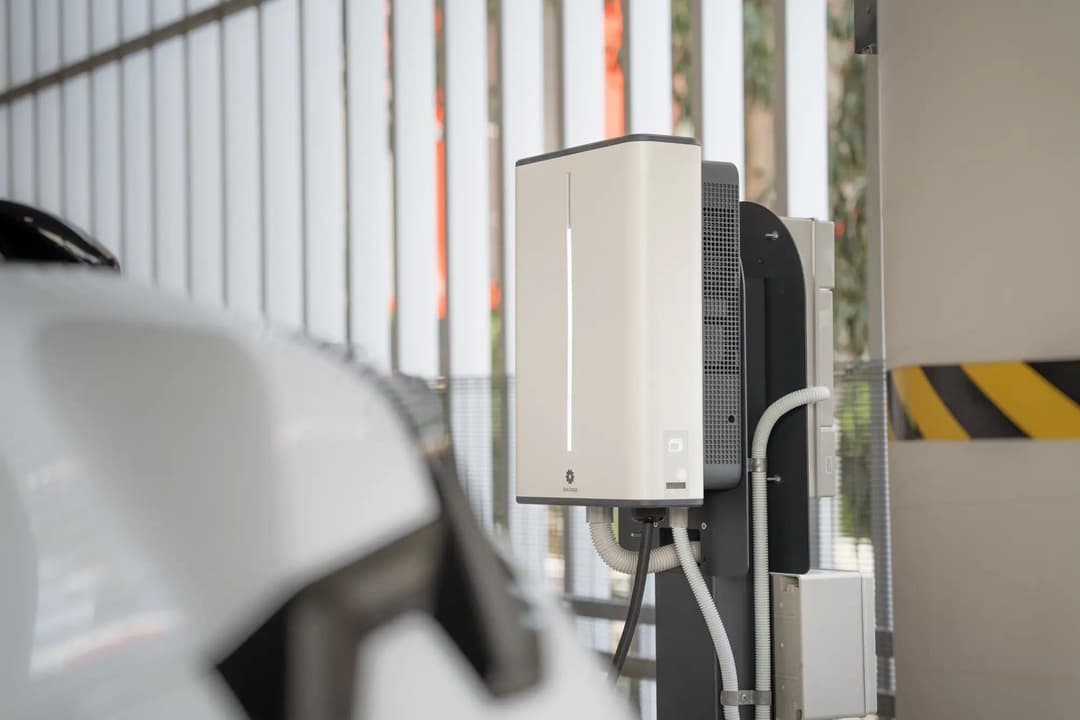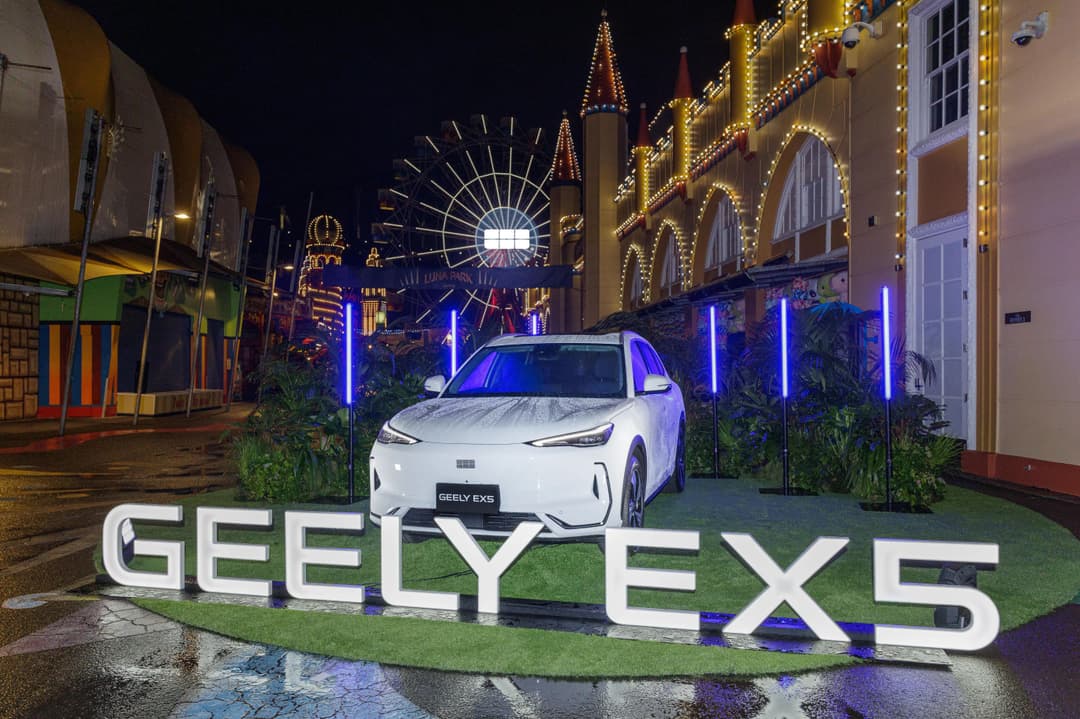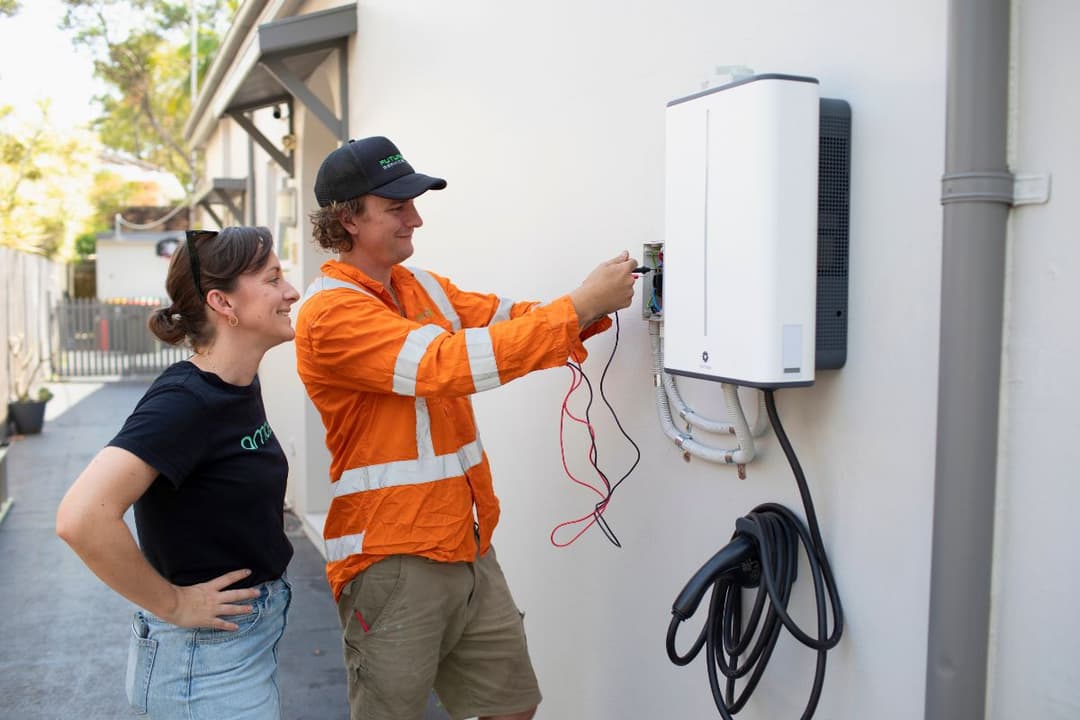As Australian electric vehicle owners increasingly embrace vehicle-to-grid (V2G) and vehicle-to-home (V2H) technology, a warranty issue has emerged that could leave early adopters financially exposed.

The Promise and the Risk
Bi-directional charging systems, offered by companies including Sigenergy, StarCharge, V2Grid Australia, and Infypower, allow electric vehicles to feed power back into homes or the electrical grid.
While the technology offers significant potential for energy savings and grid stability, most electric vehicle manufacturers remain silent about how using these systems might affect car warranties.

The warning signs are already embedded in the fine print.
Sigenergy's terms and conditions explicitly state that vehicle manufacturers or distributors may not provide warranty for V2X features of your vehicle and/or vehicle power battery system. The company goes further, disclaiming all liability for any product malfunctions, damage, or losses resulting from the use of their V2X facility.
▶️MORE: Bidirectional (V2H and V2G) EV Chargers Guide
Technical Limitations and Future Uncertainty
Current V2G implementations face several technical constraints that buyers should understand before investing in the technology.
Electric vehicles may restrict discharge amounts based on battery state of charge, potentially limiting V2G functionality when battery levels drop below 20-30%.
Some vehicles also impose minimum or maximum discharge limits per session, and power output may be restricted below the full capacity of V2G modules.
It could also be possible that EV manufacturers put a cap on the lifetime total kWh of V2G/V2H use they cover under the car and battery warranty.
Perhaps more concerning is the possibility that vehicle manufacturers could disable V2G functionality entirely through over-the-air software updates.
Sigenergy warns that manufacturers may upgrade vehicle software to disable V2X capability if they don't want to provide it anymore, leaving owners with expensive equipment that no longer functions.
Geely Takes a Stand on V2G Warranty
While most manufacturers remain evasive, Geely Australia has become the first to provide a clear, if disappointing, statement on the warranty issue.
A company spokesperson confirmed that Geely Auto Australia's warranty "does not cover faults or damage that may result from the use of the vehicle other than its intended purpose."
The statement continues: "Local Geely Auto Australia models do not currently support V2G/V2X, and thus any faults arising from related activity or use may not be covered under warranty."
This position creates a paradox for Geely EX5 owners, some of whom have already successfully tested V2G functionality with Sigenergy modules. While the technology appears to work, using it could void warranty coverage on these new vehicles.
▶️MORE: Australian Engineer Tests V2G with His Geely EX5 EV

Industry Silence Creates Consumer Risk
Geely's transparency, while unwelcome news for potential buyers, stands in stark contrast to the approach taken by most other manufacturers.
Many electric vehicle brands are either refusing to comment on V2G warranty implications or providing information only on the condition that it not be disclosed publicly.
This industry-wide reluctance to address warranty questions leaves consumers in a precarious position.
Early adopters are essentially conducting real-world tests of V2G compatibility without knowing whether their expensive vehicles will remain covered under warranty.
The Stakes Are High
For consumers considering V2G technology, the financial implications are significant. Bi-directional charging systems represent substantial investments, while electric vehicles often cost substantially more than conventional cars.
The prospect of voiding warranty coverage on both creates a high-stakes decision for environmentally conscious buyers.
The situation reflects broader challenges facing emerging automotive technologies. As manufacturers rush to electrify their fleets, ancillary technologies like V2G exist in regulatory and warranty grey areas that have yet to be fully resolved.

What This Means for Buyers
Current advice for potential V2G users is straightforward but unsatisfying: proceed with extreme caution.
While some owners are successfully using V2G systems without apparent issues, they're doing so at their own risk.
The combination of unclear warranty coverage, potential for remote disabling of functionality, and technical limitations means buyers are essentially beta testing expensive technology.
For the electric vehicle industry to fully embrace V2G potential, manufacturers will need to provide clearer guidance on warranty implications.
Until then, Australian consumers interested in bi-directional charging technology face an uncomfortable choice between cutting-edge capabilities and warranty protection.
The coming months will likely see increased pressure on manufacturers to clarify their positions as more consumers discover V2G technology and demand answers about warranty coverage.
Geely's direct approach, while potentially disappointing for buyers, may force other manufacturers to finally address these critical consumer protection questions.
About the author

Neerav Bhatt has been a technology journalist and photographer for over 20 years appearing in online, print, radio and TV media. His current focus is on helping Australians switch to electric vehicles as well as making their home fully electric, sustainable and climate resilient. Youtube: www.youtube.com/@NeeravBhatt Web: neeravbhatt.com
Stay up to date with the latest EV news
- Get the latest news and update
- New EV model releases
- Get money savings-deal
